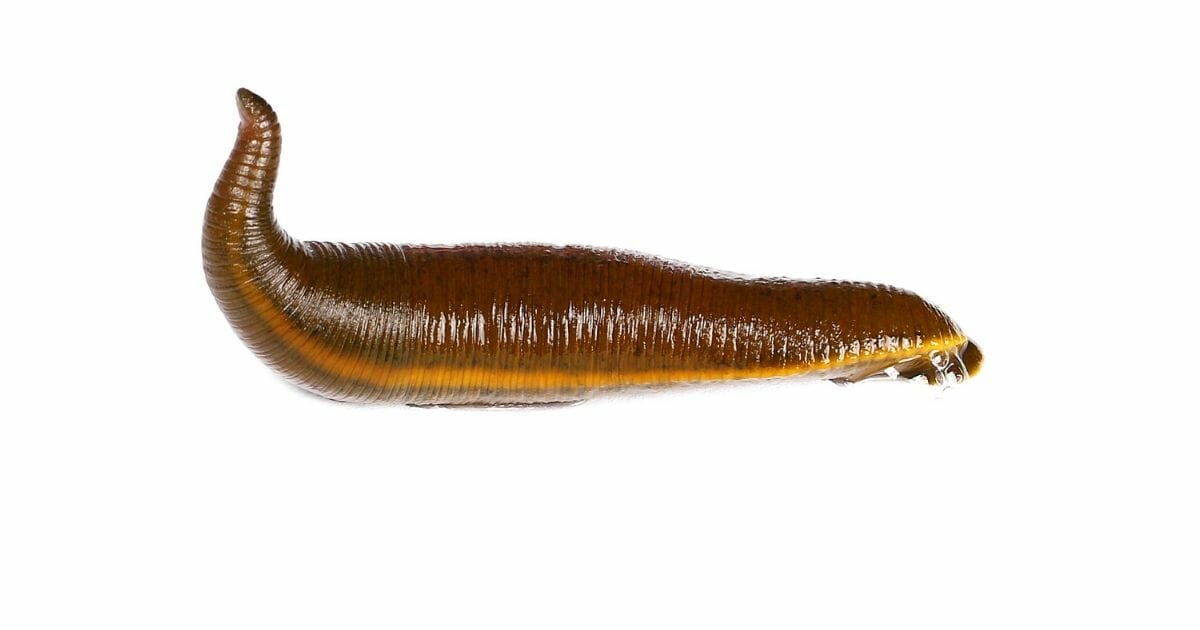
New Species of Blood-Sucking Leech Found in DC-Area Swamps
What has up to 177 teeth, is the length of a cigarette and inhabits southern Maryland?
If you answered “a recently discovered species of blood-sucking leech,” you would be correct.
In a paper published Aug. 15 in the Journal of Parasitology, a team of researchers led by the Smithsonian’s Anna Phillips reported that they had discovered the first new leech species in North America in over 40 years, according to a Smithsonian.com article.
See the newly christened leech for yourself below.
Phillips and her team named the new species Macrobdella mimicus after the Greek word mimos, which means “imitator” or “actor.” The new species was so outwardly similar to a close relative, Macrobdella decora, that it had been misidentified for years.
The researchers had been investigating the M. decora species due to its wide range, The Washington Post reported.
“You see a broad distribution with a different geography, and we were suspicious,” Phillips said. “Leeches don’t crawl across dry land, so we wanted to see if there was more going on.”
DNA tests, a Flickr image search and a few collections of historical leech specimens supported Phillips’ hunch.
The genetic fingerprints of the supposed new species differed “by as much as six and eleven percent” from the other M. decora specimens, according to Smithsonian.com.
“Scientists know that a genetic difference of more than two percent in a telltale part of the genome typically indicates the two creatures may be distinct species,” the article explained.
After studying the test results, Phillips wanted to determine the range of the new species. Browsing through Flickr images, she found a photo of a South Carolina man with a leech on his leg that appeared to be M. decora — an unusual finding for that state.
The photo led Phillips to investigate further, gathering leeches throughout South Carolina and museum collections along the Eastern seaboard.
Phillips found that M. mimicus specimens had been collected since at least 1937. Yet for the greater part of a century, the leeches had been confused for their M. decora relatives.
“It’s not something new that’s come up; it’s something that has been there the whole time, unrecognized,” Phillips said.
“You don’t have to go very far to find something new.”
Michael Tessler, a comparative biologist at the American Museum of Natural History, concurred.
“This is really quite close to major metropolitan areas where people have professionally studied leeches,” Tessler said, according to The Post.
“People have had this under their noses for so long and not known it.”
Truth and Accuracy
We are committed to truth and accuracy in all of our journalism. Read our editorial standards.
Advertise with The Western Journal and reach millions of highly engaged readers, while supporting our work. Advertise Today.












